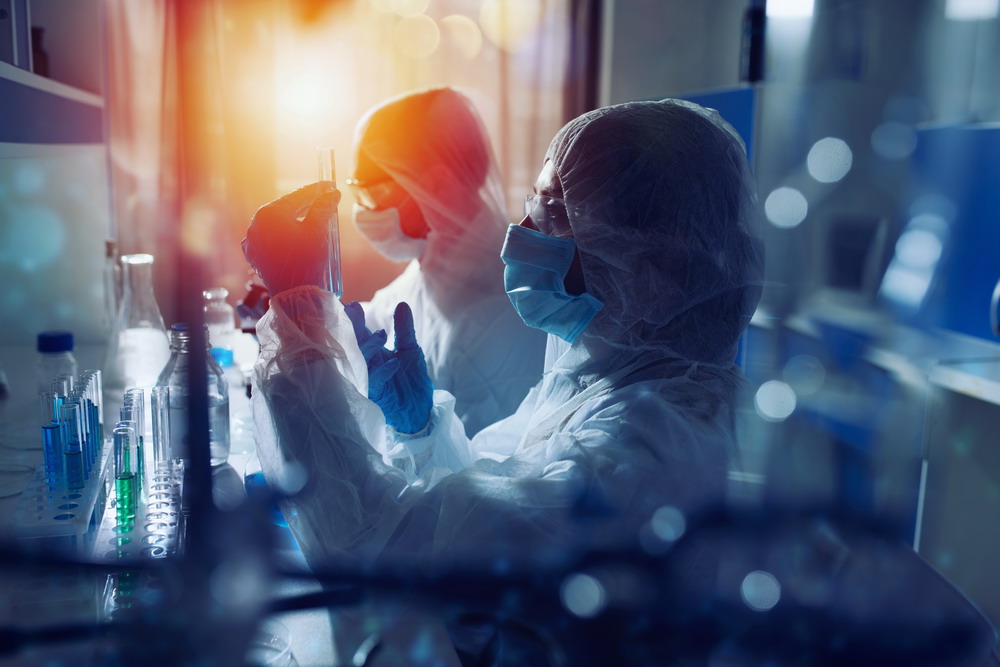Coronavirus and the COVID-19 pandemic continue to be among the hottest topics in the news. It seems like everyone wants to know how the world is doing in its collective flight against one of the most disruptive viruses of the modern era. As we work through summer and on toward autumn, a new kind of sensor could be the key to keeping up with COVID-19.
That sensor is being developed by a team of researchers at the University of Texas, Austin. They are combining their knowledge of viruses and sensor technology to come up with a new sensor that could extensively detect both coronavirus and the flu. More importantly, the sensor can tell the difference between the two.
So how do researchers get from scientific knowledge to a sensor with practical applications? Through the art and science of engineering. University of Texas researchers are as much engineers as they are investigators. What they come up with could truly have a life-changing impact on millions of people.
What Their Sensor Does
Researchers are now working on a sensor infused with antibodies. Apply saliva to that sensor, and the presence of the virus in question should activate the antibodies to create a positive test result. In this particular case, the goal is to develop an affordable home-based sensor that can detect both the flu and coronavirus separately.
Why the flu and coronavirus? Because both viruses produce illnesses with similar symptoms. The viruses themselves are also similar in some respects. As such, developing a single test only for coronavirus offers very little benefit in the grand scheme of things. People who test negative for coronavirus could still be sick with the flu. Moreover, the flu could still kill them.
A sensor capable of detecting the viruses separately provides more information to a sick person. It can rule out both viruses, thus indicating a person is sick with the common cold or something else altogether. Or it can determine that a sick person has one virus or the other.
Engineering Makes It Possible
While the science of how a flu-coronavirus sensor would work is fascinating, the engineering that goes into building such a device is equally fascinating. Without engineering, the world would be a vastly different place in every respect.
Engineering is technically the process of applying scientific principles to the design and building of machines, structures, etc. It has been defined more broadly as the science of solving problems. It is engineering that gives us roads and bridges. Engineers are responsible for personal computers and smartphones.
More Difficult Than It Sounds
Rock West Solutions is a California company that provides engineering services for sensor development, among other things. They say that the amount of engineering that will go into the development of a flu-coronavirus sensor is more extensive than it seems.
For example, how do you infuse a piece of plastic and metal with antibodies? How do you do so in such a way as to guarantee the device will not be compromised or contaminated during manufacturing, shipment, storage, and eventual use? These are just a few of the questions that engineers have to answer if the University of Texas project is to succeed.
Assuming they figure it out, the end goal is to have a fairly cheap sensor anyone can buy at the local pharmacy for home use. Researchers want the sensors to be as commonplace as home pregnancy tests. As they see it, affordable home testing will help us stay ahead of COVID-19 moving forward. It will help us better manage coronavirus while alleviating unnecessary panic and fear.


